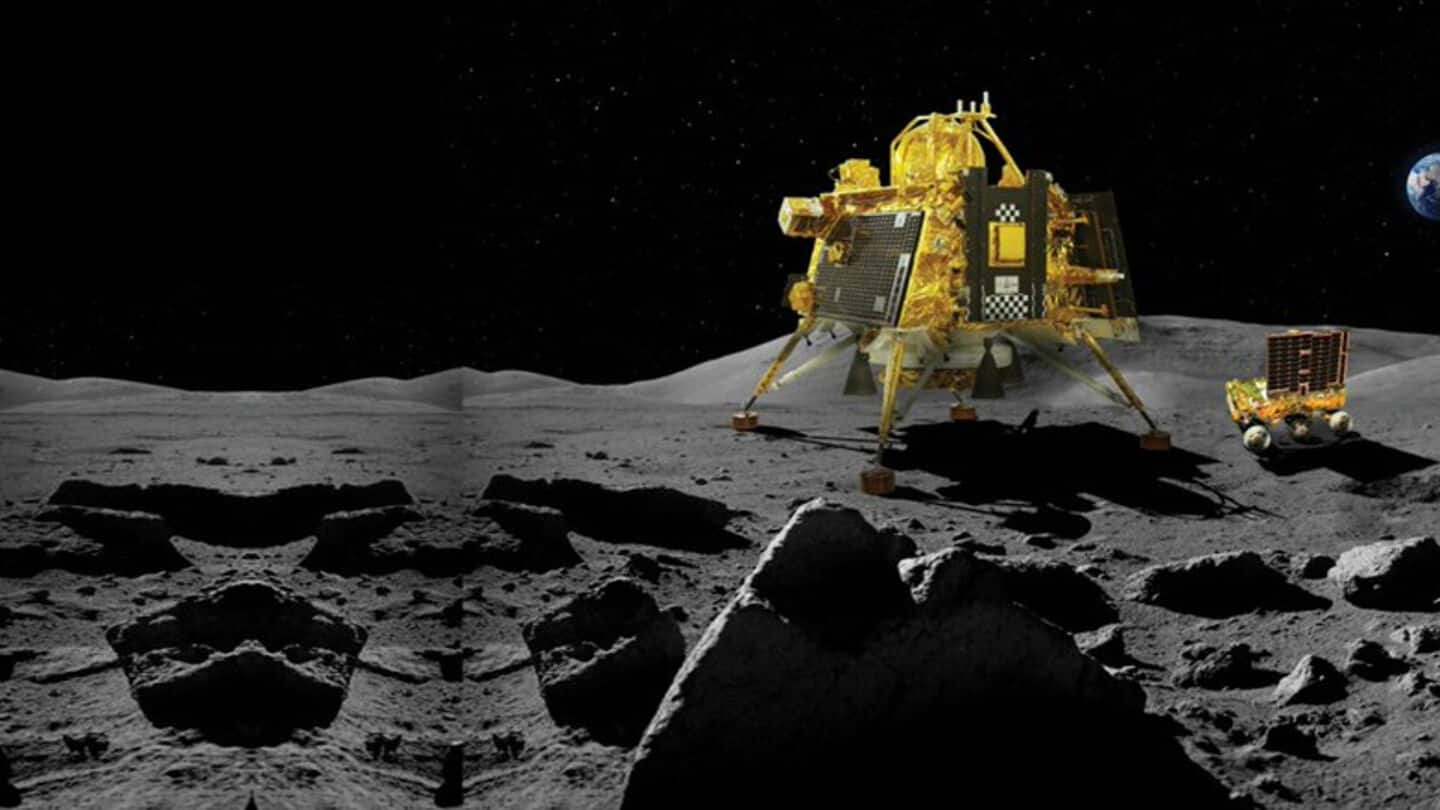
Chandrayaan-3 makes landmark discoveries on Moon, finds sulfur, key minerals
What's the story
India's Chandrayaan-3 mission has made several groundbreaking discoveries since its historic landing at the lunar South Pole on August 23. The findings have significantly enhanced our understanding of the Moon's geology, composition, and environment. One of the major highlights is Pragyan rover's discovery of sulfur at the lunar South Pole for the first time ever.
Elemental discovery
Other elements detected at lunar south pole
Pragyan, the rover of the Chandrayaan-3 mission, also detected aluminum, calcium, iron, chromium, titanium, manganese, silicon, and oxygen at the lunar South Pole. These findings provide new insights into processes occurring on the lunar surface and possible water ice deposits. The mission has also recorded over 250 seismic signals in this region of the Moon, including at least 50 unique ones not related to its movement or other instruments.
Seismic signals
Possibility of moonquakes
The seismic signals detected by Chandrayaan-3 suggest the possibility of Moonquakes. This is the first time seismic data has been collected from the southern pole region and the first recorded anywhere on the lunar surface since the Apollo era. The mission also measured subsurface temperatures, revealing extreme temperature variations between the surface (up to 82°C) and just 10cm below it (as low as -168°C).
Resource potential
Evidence of ancient impact events
ISRO has said that sloped areas near the South Pole could be cold enough to preserve stable subsurface water ice, opening up new possibilities for future lunar resource utilization. The rover also found evidence of ancient impact events and primitive mantle materials exposed by the South Pole-Aitken Basin around 4.3 billion years ago. This unique glimpse into the Moon's deep interior helps validate theories about its molten origins and subsequent evolution.
Geological history
Future missions and plans for lunar exploration
The Chandrayaan-3 mission also revealed low-density lunar plasma and a 160-kilometer-wide ancient crater, shedding light on the Moon's dynamic geological past. These discoveries are part of India's larger space exploration plans, which include launching Chandrayaan-4 and Chandrayaan-5 missions by the end of this decade. ISRO also plans to land an Indian on the Moon by 2040 as part of its ambitious roadmap for 2025 to 2040.